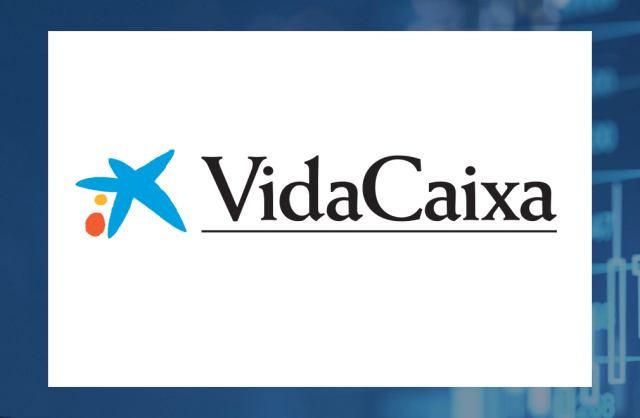The Tariff Effect: XVA and Derivatives Valuation in a Volatile Marketplace
Trade tensions are once again front-page news — and they continue to shake financial markets in a big way. With new tariffs and cross-border disputes emerging throughout 2025, investors have seen episodes of higher volatility, wider funding spreads, and more expensive hedging costs.
These ripple effects are being felt acutely in derivatives markets, where even small changes in credit or funding conditions can significantly impact how trades are valued. For banks and financial institutions, this means one thing: it’s time to take a closer look at XVA — the set of valuation adjustments that account for risk, funding, and capital costs in derivative pricing.
How Tariffs Create Ripple Effects in Derivatives
When tariffs are imposed or even suggested, they do more than disrupt trade flows. They also change how markets perceive risk, resulting in the following events:
- Credit spreads widen. Companies seen as more exposed to tariffs may face higher borrowing costs, increasing counterparty credit risk.
- Funding becomes more expensive. Liquidity tightens as investors retreat to safer assets, pushing up short-term funding rates.
- Market volatility spikes. Rapid changes in prices make hedging more difficult and can trigger additional margin or collateral calls.
All of these factors feed directly into XVA— meaning that when trade tensions rise, XVA costs typically increase as well.
A Real-World Stress Test
Recent market activity offers clear examples of how policy shocks can rapidly disrupt credit, funding, and market volatility. When the U.S. announced new tariffs on imports from Mexico and China earlier this year, credit and funding markets reacted almost immediately.
- Margin calls spiked. According to market data providers, derivative-related margin calls nearly tripled within days of the tariff announcements.
- Funding spreads widened. Banks had to pay more to fund hedges, adding pressure to funding valuation adjustments (FVA) calculations.
- Volatility surged across currencies and commodities. This created pricing uncertainty and increased the cost of hedging risk.
Events like these highlight how trade policies can act as real-world stress tests for banks’ XVA frameworks. When volatility rises and funding costs change quickly, models that once worked well under stable conditions can begin to expose cracks.
Why Managing XVA Has Become More Complex
Traditionally, many firms viewed XVA as a back-office exercise — an adjustment made after a trade was priced. But in today’s environment, that approach no longer works. Each component of XVA reacts differently to market shocks: CVA rises when counterparties appear riskier or credit spreads widen; FVA grows when liquidity tightens or the cost of funding increases; and KVA jumps when capital requirements rise due to volatility or regulatory changes. Keeping track of all these moving parts — and understanding how they interact — has become essential for traders, risk managers, and CFOs alike.
Building Resilience: What Firms Can Do
Building resilience means not just reacting to events, but embedding robust processes and tools that enable teams to anticipate market moves and respond effectively. To stay ahead of tariff-driven and other market shocks, firms should focus on three key areas:
- Dynamic Data and Real-Time Analytics
XVA needs to reflect market reality, not yesterday’s numbers. Using up-to-date data on credit spreads, funding rates, and collateral costs ensures valuations stay accurate when markets move quickly. - Scenario Testing and Stress Analysis
Firms should run regular “what if” analyses to understand how tariff shocks or other macro events would impact their XVA components — and by extension, their P&L and capital usage. - Integrated Systems and Transparency
Having XVA calculations integrated into front-office systems, risk engines, and collateral management platforms helps teams respond faster and make more informed decisions.
How Numerix Helps Firms Master XVA Complexity
In today’s fast-moving markets, managing XVA isn’t just about calculation — it’s about staying ahead of risk. Numerix Oneview for XVA equips firms with the tools to do exactly that. It delivers end-to-end coverage of all major valuation adjustments — CVA, DVA, FVA, KVA, and ColVA — within a single, consistent framework, so teams can see the full picture in real time.
Instant recalculation ensures exposures and sensitivities stay aligned with market moves, while scenarios and stress tests allow firms to explore every “what-if” — from tariff shocks to credit spread widening — before they impact the bottom line. Collateral and funding analytics help reduce unnecessary costs and unlock liquidity, and full auditability and transparency give teams confidence that every assumption and result can be traced and defended.
With Numerix, firms can manage risk proactively, make smarter decisions faster, and navigate market shocks with confidence — turning XVA complexity into a strategic advantage.
What’s next?
As global trade dynamics continue to shift, volatility is likely to remain a defining feature of financial markets. For firms active in derivatives, tariffs and other geopolitical tensions serve as a reminder that risk isn’t confined to market prices — it extends into funding, capital, and counterparty exposures as well.
By modernizing their XVA frameworks and leveraging advanced platforms, financial institutions can better navigate this uncertainty, protect profitability, and strengthen resilience for whatever comes next.
Interested in learning more?
Explore how Numerix Oneview for XVA offering can help your firm manage volatility and maintain pricing precision — even in the most unpredictable markets.


